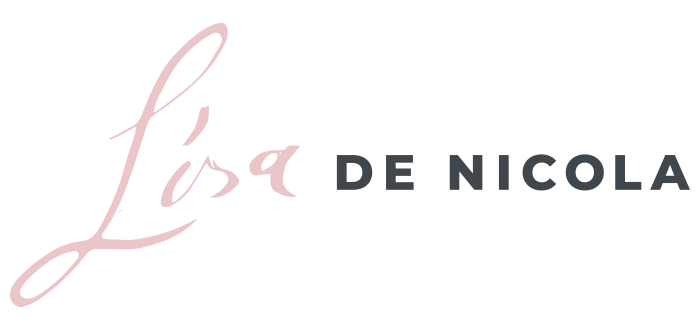The ‘work from home’ or a remote working option that was once considered a benefit and, in some cases, seen as a perk (depending on the organization you ask) has become the norm in the last month. Likely to stay this way for several months to come.
According to research by Regus Canada, 47% of Canadian employees work from outside one of their employer’s main offices for half the week or more.
This number has likely since gone up given the article was published in 2017. Also, with recent events that have impacted the globe, forcing millions of workers and organizations to transition to a work from home environment.
To say our workforce has been evolving to being mobile would be an understatement. Many organizations transitioned to a work from home environment in March that hadn’t planned to nor, were prepared for.
By now, you’ve read tips and recommendations on how to best support your employees while working from home (including you as a leader) and much of that comes down to your company culture.
How would you describe your culture? What does it say about your organization in the face of adversity and when challenged to pivot in the way you do business and work day to day?
Transitioning to a work from home environment with very little time to prepare will certainly come with its stresses and adjustments. As a result, you don’t throw away the very heartbeat of what made your organization a success while working in an office.
Whether it’s collaboration, respect or trust that speaks to the culture you live every day, these are the very values that should be carried into working from home. In other words, who you were as a company in the office should not be drastically different from who you are while working from home and part of that comes down to good communication.
Communication is imperative to the success of a work from home environment and it starts in the office. Saying all the right ‘things’ especially under our current circumstances might sound like you’re communicating all the appropriate messages, but if it’s not tight, it’s easy for things to fall apart.
Relationships begin to be strained, work falls through the cracks and faith and trust begin to erode in your people. An organization’s reputation that breeds ‘loose’ communication where transparency and openness are unheard of, can easily seep into a remote or work from home environment.
A tight communication plan leaves little to no room for miscommunications, misunderstandings and unanswered questions and concerns from your people. Reviewing your communication plan and considering how that may need to be adjusted and enhanced when transitioning to working from home, is a great opportunity to:
- Offer assurance to your people and ask them how they need to be supported
- Establish new ways of communicating given you won’t have the benefit of ‘seeing’ your people in person and walk over to their desk if you have a question
- Clearly establish any new policies, rules or new communication platforms that will be explored to ensure everyone stays in touch more effectively (i.e. Zoom, Google Hangouts, etc.)
- How will customers be impacted? Does communication need to be revised with how to communicate with clients?
- Encourage communication with each other (amongst peers, team members and departments)
- Establish any new rules around availability and visibility now that working dynamics have shifted
- Establish what platforms will be used for which communications, i.e. Slack for internal team inquiries, conference calls for client conflict resolution and so on)
As with any change, particularly in unfamiliar territories, new ways of working may take some time to form. Adapting and experimenting may be the name of the game for a little while, however, your people should not be the ones you’re experimenting with.
We live in a digitally-driven, technology-savvy world where ways of communicating with each other are endless. Whether you’re a team of 5 or 5 000, use this time to review your communication plan. To stay connected, enhance your relationships with your employees and strengthen your bond as a team.
As always, hearing from you is the best way to keep the conversation going and to share your experience. You may just inspire someone else reading this and your words may be just what they needed to hear!
If you’re one of the many organizations that have transitioned to working from home, how has your communication with your employees been impacted? What’s worked? What’s changed?
Let me know in the comments below!
To your success,
Lisa ?





